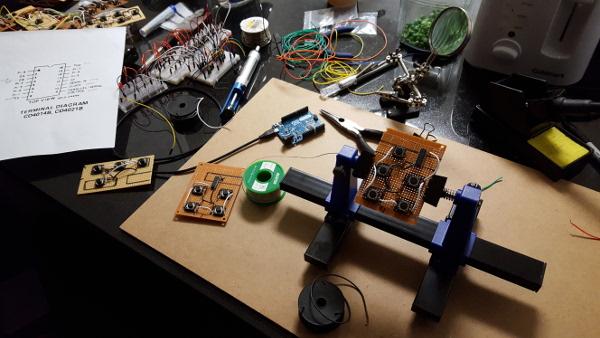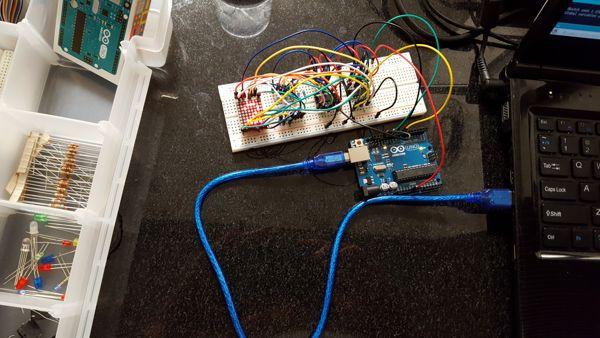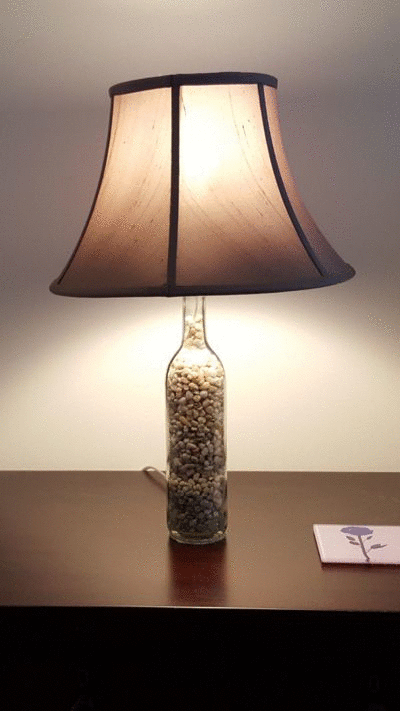Happy Holidays!
Happy Holidays!
This is the 3D animation I made for my holiday cards. View this with red-cyan 3D Glasses (red on the left, cyan on the right).
Also have a look at last year's animation.
Animations built with Processing and Camera-3D.
Carol Of The Bells by Jason Shaw of Audionautix is licensed under a Creative Commons Attribution license.



